Fiat has been going through a bit of a dry spell lately. Many years ago, they held up to 30 per cent of the Irish car market, and our family was among those who benefited – we owned two Puntos over a 15-16 year span. As a family, we tend to do our research thoroughly, choose the best car for our needs, and then hold onto it for the long haul. (Motorbikes might be a different story.)
Anyway, Fiat was once a vast conglomerate; at one stage, it was reportedly responsible for around 4 per cent of Italy’s gross domestic product. The Agnelli family, who owned Fiat, were even dubbed the “secret rulers of Italy”. Today, their wealth is estimated at around US$13 billion. But it wasn’t all smooth sailing. In the early 2000s, Fiat suffered significant losses, which triggered a wave of buyouts, takeovers, and mergers. The result? Fiat is now part of Stellantis, a large automotive group that encompasses 14 different brands.
As I mentioned, we had two Fiat Puntos in the family – the second, a Grande Punto, proved to be more reliable and comfortable than the original. Yet, despite the quality and popularity of their smaller cars, including the ever-practical Panda, it wasn’t enough to prevent Fiat’s financial troubles.
Now, however, Fiat seems to be emerging from the doldrums. Their latest models are instantly recognisable, staying true to the brand’s design DNA – most notably in the compact 500 and this week’s test car, the new, larger 600 Hybrid. The styling takes clear inspiration from the iconic rear-engined Fiat 500 and 600 models produced between 1955 and 1975.
One advantage of being part of a large conglomerate is access to a vast pool of parts, design studies, and shared platforms. But the downside is the risk of losing those distinctive, endearing qualities that give a brand its identity.
Engineering
Fiat, to their credit, have made a conscious effort to engineer that character back into their cars – most notably through their unique headlight design and signature bulbous styling. The new Fiat 600 Hybrid, for instance, shares much under the skin with the Jeep Avenger, but placed side by side, you’d hardly notice. Incidentally, the Avenger was last year’s European Car of the Year – proof of the benefits of platform sharing.
The current Fiat 500 is perfect for one or two people, designed as a nimble city car that zips around like a go-kart. That’s not what you’re getting here. The 600 Hybrid is a short-wheelbase SUV-style vehicle. Because of its taller stance, it naturally has a higher centre of gravity. So no, you won’t buy it for razor-sharp handling (for that, stick with the 500). But you might be pleasantly surprised by how much fun Fiat has managed to build back into its driving. It feels safe, with higher-than-expected grip limits, though as you push closer to those limits, the handling lightens up – an unmistakable signal that it’s time to back off.
Power
Under the bonnet is a 1.2-litre, three-cylinder hybrid engine, with electricity generated via an alternator-generator system. It’s officially classed as a hybrid and it will occasionally run on electric power alone – but only briefly, often for less than a minute. Because it needs to recharge during driving, you’ll notice a pronounced deceleration when you lift off the throttle – much like in a fully electric car.
As a cyclist, I’m very aware of frictional losses and how crucial it is to minimise them to maximise efficiency and range. I do wonder if anyone has experimented with running this hybrid model without the battery and regenerative braking to see whether it’s truly more economical in real-world terms. Fiat claims a fuel consumption of 5.1L/100km (around 59mpg), and I achieved 5.2L/100km (about 54mpg) – not far off the mark.
Speaking of electric cars, the 600e features a 50.8kWh (usable capacity) battery paired with a 154bhp electric motor driving the front wheels. It accelerates from 0-100km/h in around 8.0 seconds – quick enough for everyday traffic and noticeably faster than the hybrid, which takes about 11 seconds. The WLTP-estimated range is up to 400km.
As for the 600 Hybrid, its gearbox isn’t a traditional automatic, but a dual-clutch transmission (DCT). Since it has no clutch, it operates like an automatic, and while manual gear selection is available via a dashboard button, the DCT is so smooth that you likely won’t need it. A key advantage of the hybrid system is that it eliminates the turbo lag of the 1.2-litre petrol engine, while making gear shifts seamlessly – definitely a plus.
The 600 is designed to accommodate five passengers, and while it can do so comfortably for people of average size, space is still limited. As a B-segment car with a relatively short wheelbase (though longer than the 500s), it offers practicality within its size constraints.
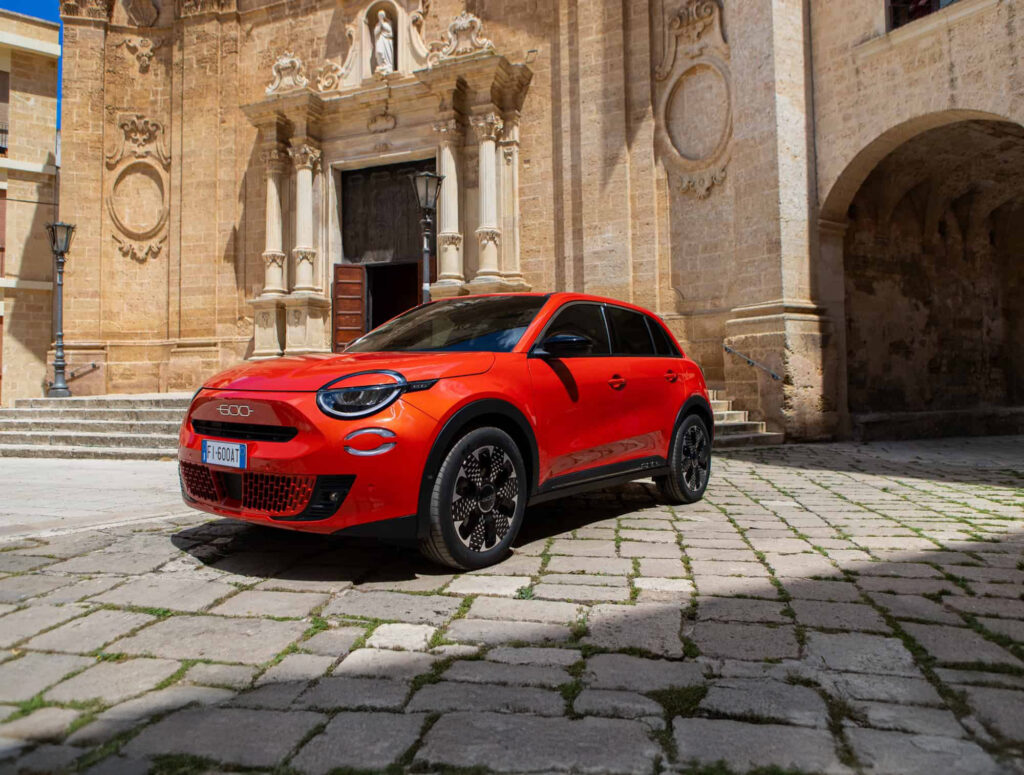
Safety
Safety is well covered, with features like blind spot assist, lane departure warning, and adaptive cruise control (which, as I’ve said before, is the only one worth having). Credit where it’s due – Fiat has kept physical buttons for the air conditioning. It’s a simple system, not dual-zone, but it’s refreshing to see buttons instead of a touchscreen for climate control. Meanwhile, a central touchscreen handles radio, navigation, and settings, while the driver gets an information display – though notably, no rev counter.
Moving up through the trims – from the standard model to Dolce Vita and La Prima – adds more features and, of course, increases the price, ranging from €28,885 to €33,995.
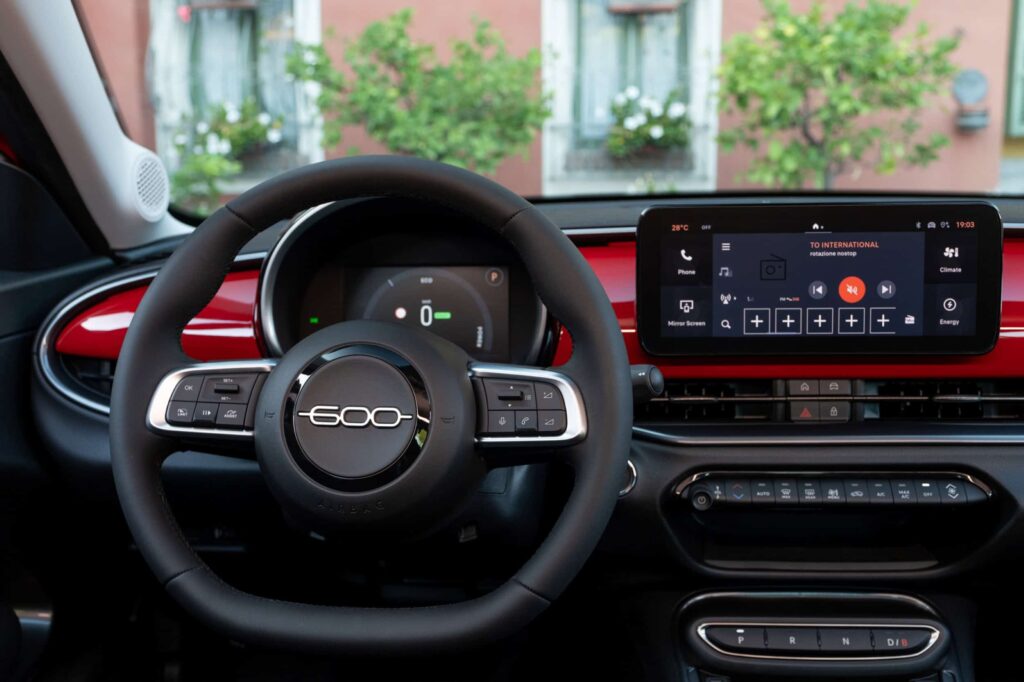
Safety testing on its sibling, the Peugeot 2008, earned a four-star rating in the NCAP (New Car Assessment Programme). And while it might seem like a “triplet” situation, an Alfa version is on the way, promising to dial up the driving excitement.
With the 600, Fiat has played to its strengths once again, offering both hybrid and electric variants. They now have a solid competitor to the Toyota Yaris Cross – and at a more competitive price. I’d love to see them succeed with this model.
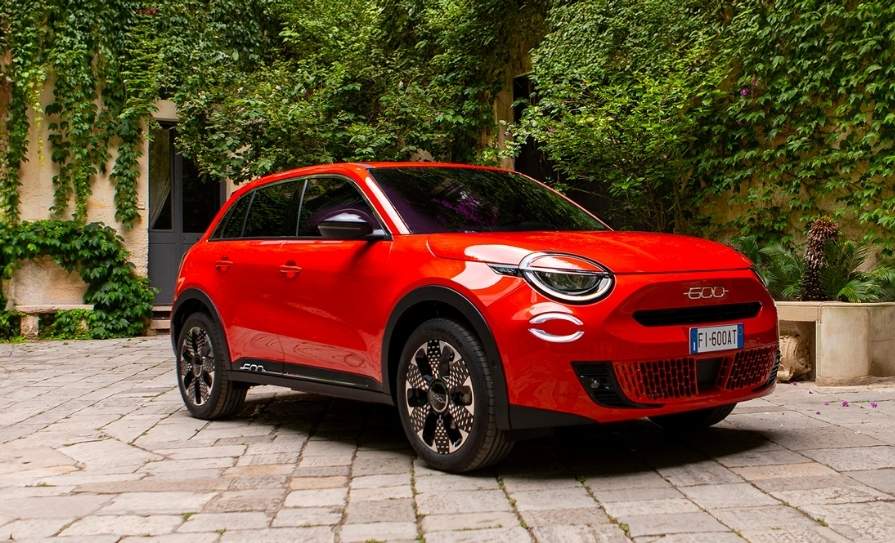

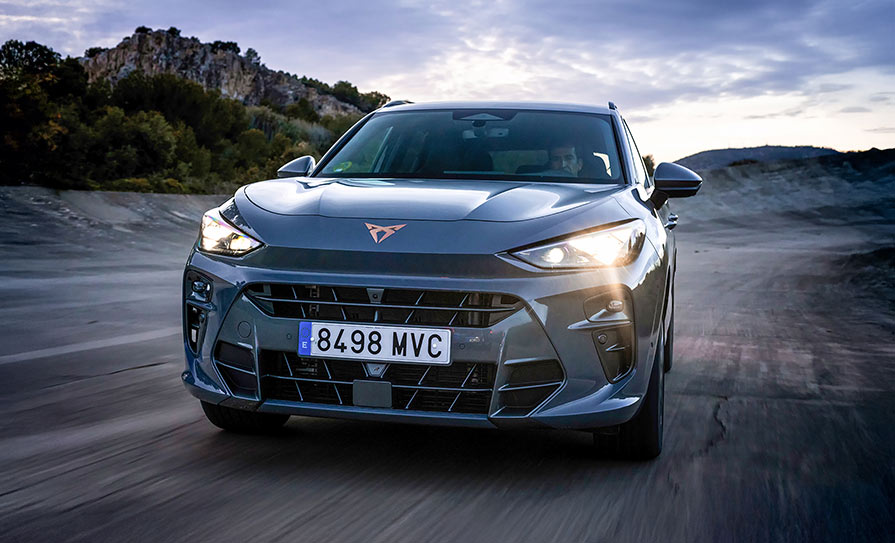

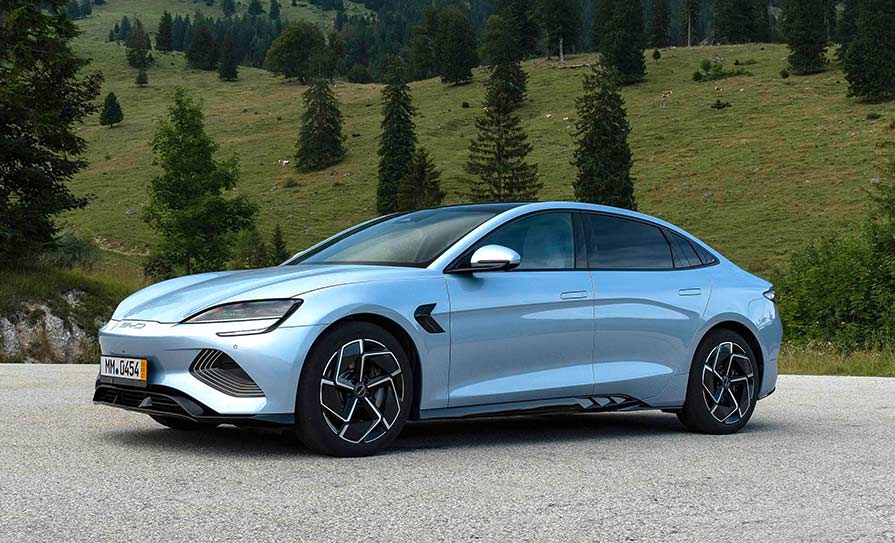
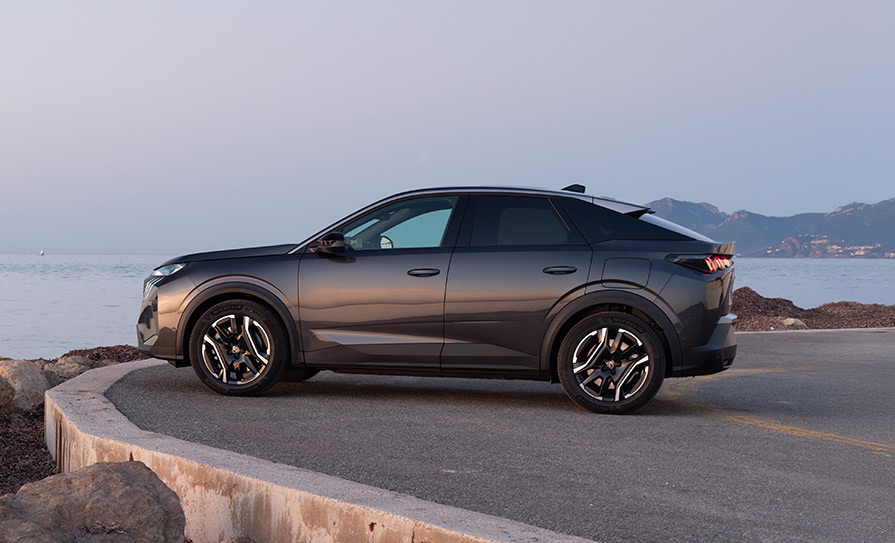

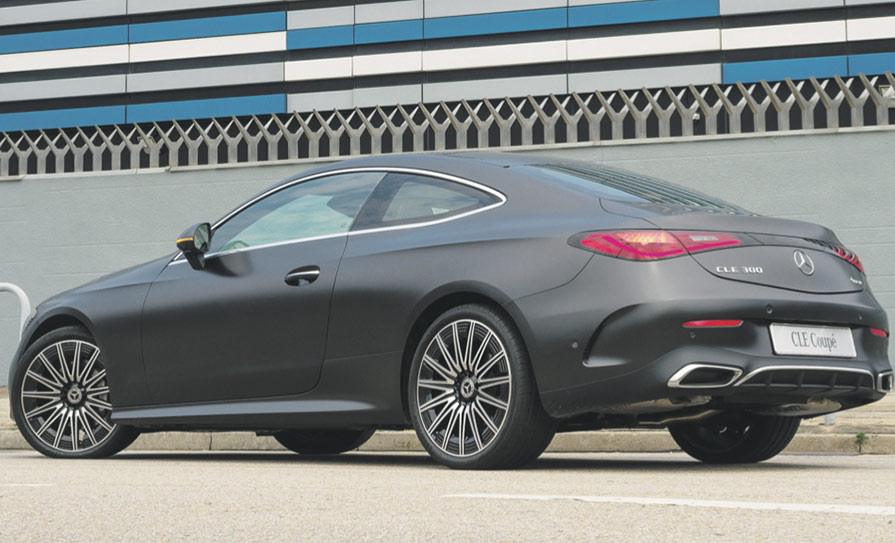
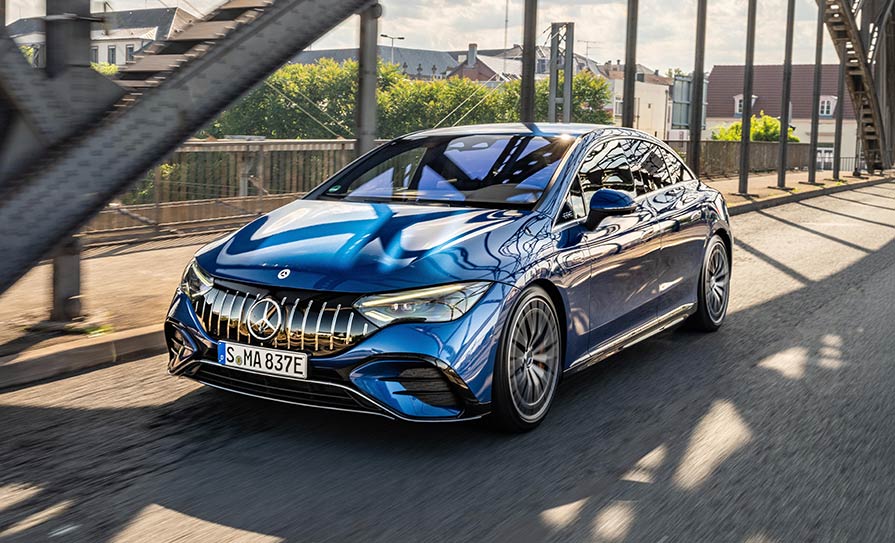

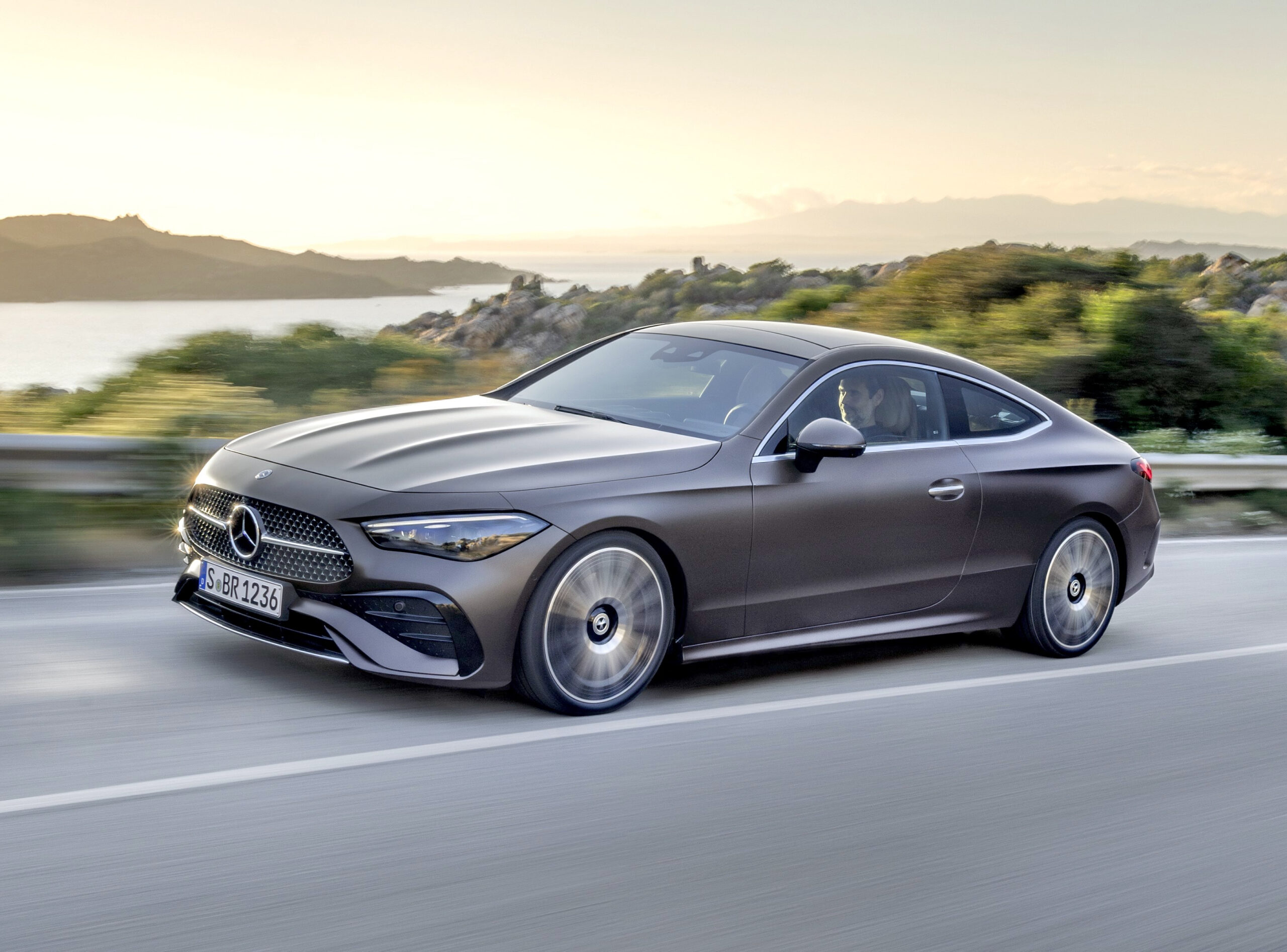


Leave a Reply
You must be logged in to post a comment.